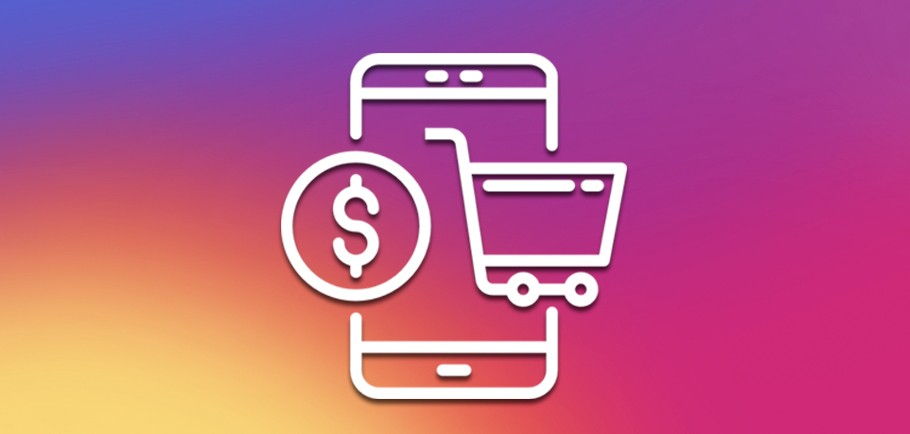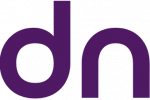In 2025, Instagram is no longer just a platform to showcase products—it’s an essential piece of your e-commerce funnel. But if your Instagram strategy lives in isolation from your website, you’re missing out on conversions, engagement, and revenue.
Seamless integration between Instagram and your online store isn’t just a design preference—it’s a marketing necessity. Whether you’re building for yourself or working in agência de marketing, agência de tráfego pago and companies specializing in criação de sites, these best practices will help you maximize results.

1. Use Shoppable Instagram Feeds on Your Website
One of the most effective ways to connect Instagram with your store is to embed a shoppable feed directly onto your homepage or product pages. Tools like Foursixty, Later’s Linkin.bio, and Instafeed allow you to display curated Instagram posts that users can click to purchase.
Why it matters:
Social proof increases trust
UGC (user-generated content) boosts conversions
Shortens the customer journey from discovery to checkout
Tip for dev teams working on website creation: Make sure your embedded feed is mobile-friendly and loads quickly to avoid bounce rates.
2. Sync Product Catalogs with Instagram Shop
To sell directly on Instagram, you’ll need to connect your product catalog to Meta Commerce Manager. This step allows you to:
Tag products in posts and stories
Run Instagram Shopping ads
Feature collections in your Instagram Shop tab
This is where agências de tráfego pago and marketing teams collaborate to ensure catalog accuracy and consistency across platforms.
Bonus tip: Keep pricing, stock, and product details synced between Instagram and your e-commerce site to avoid buyer confusion.
3. Align Instagram Ads with On-Site Experience
Many users discover your brand through Instagram ads—but will they convert when they land on your site?
Best practices for a smooth transition:
Match the ad’s tone and visuals with your landing page
Avoid generic homepages—direct users to specific product pages
Ensure site speed and mobile responsiveness
This kind of alignment is key for agências de tráfego pago seeking higher ROAS and for design teams working on website creation to build frictionless landing experiences.
4. Showcase Instagram Testimonials and UGC
Let your customers do the talking. Pull content from happy customers’ Instagram posts and feature it on your product pages. Highlighting real people using your product adds authenticity and boosts buyer confidence.
Tip:
Use branded hashtags to collect content you can reuse. Many agências de marketing set up UGC campaigns specifically for this purpose.
5. Link in Bio: Optimize the Funnel
Since Instagram allows only one bio link, use it wisely. Tools like Linktree, Linkin.bio, and Beacons help you create mini landing pages with multiple links, like:
Best-selling products
New arrivals
Blog posts
Discount codes
For brands, this is a bridge between social engagement and sales. For teams focused on website creation, it’s a great way to maintain brand consistency and drive targeted traffic to key pages.
6. Track Performance with UTM Tags
Always use UTM parameters when linking from Instagram to your site. This lets you track exactly how much traffic (and how many sales) are coming from your posts, stories, and ads.
Why it’s essential:
It gives paid traffic agencies the data they need to optimize spend and marketing agencies the ability to report on true campaign impact.
Final Thoughts
Instagram and your e-commerce site shouldn’t operate as separate entities. When integrated thoughtfully, they form a powerful ecosystem that moves users from awareness to purchase with minimal friction.
For marketing agencies, paid traffic agencies, and web teams focused on website creation, mastering this integration means turning followers into loyal customers—and likes into lasting revenue.

